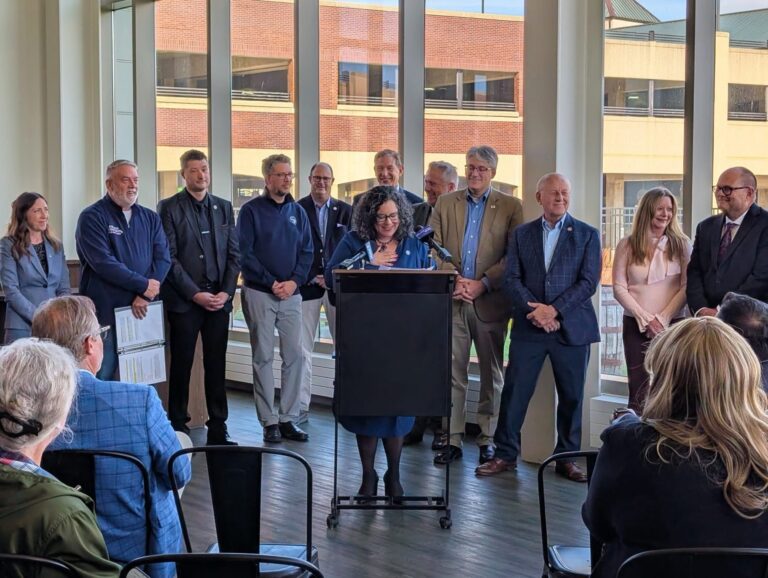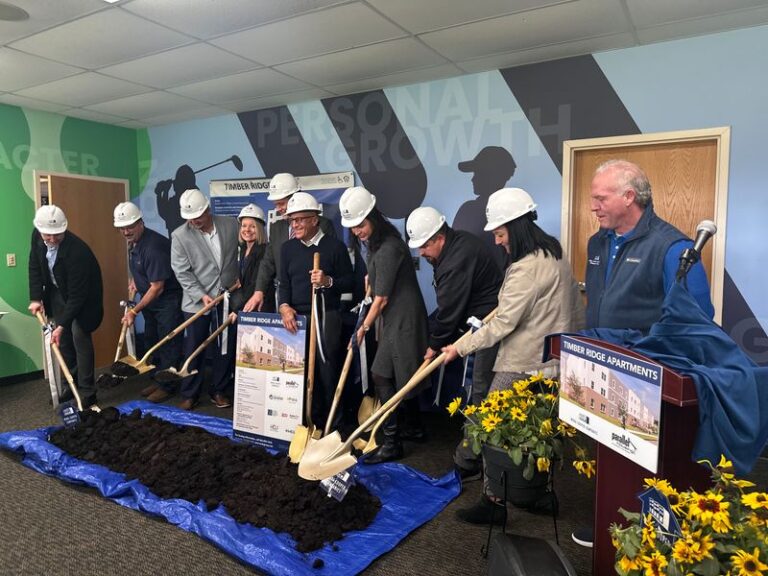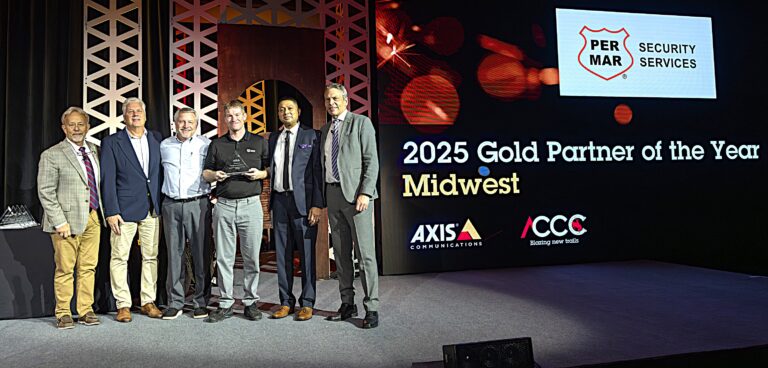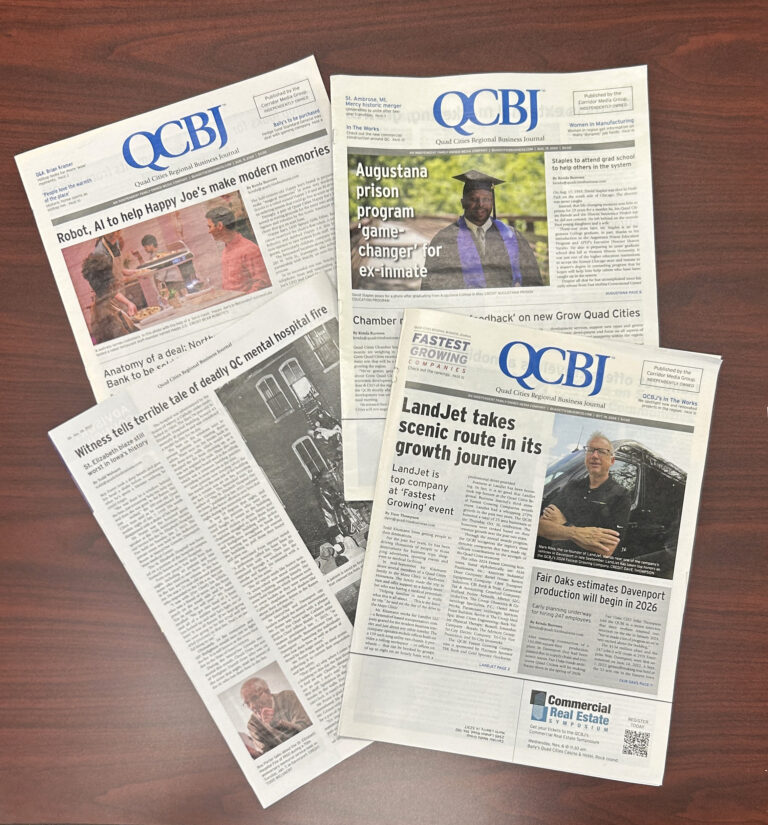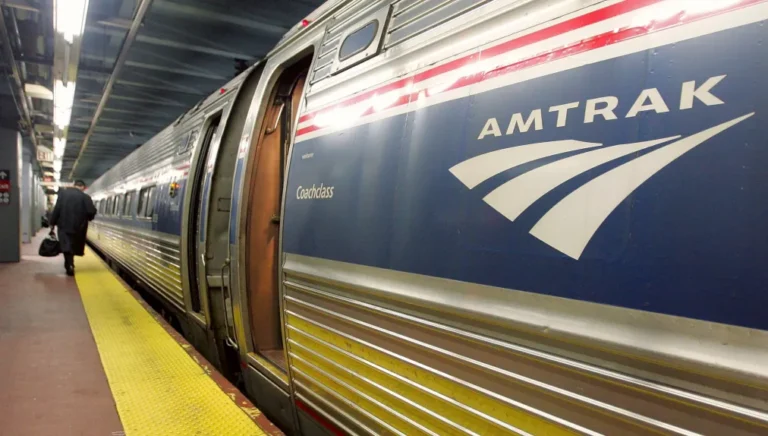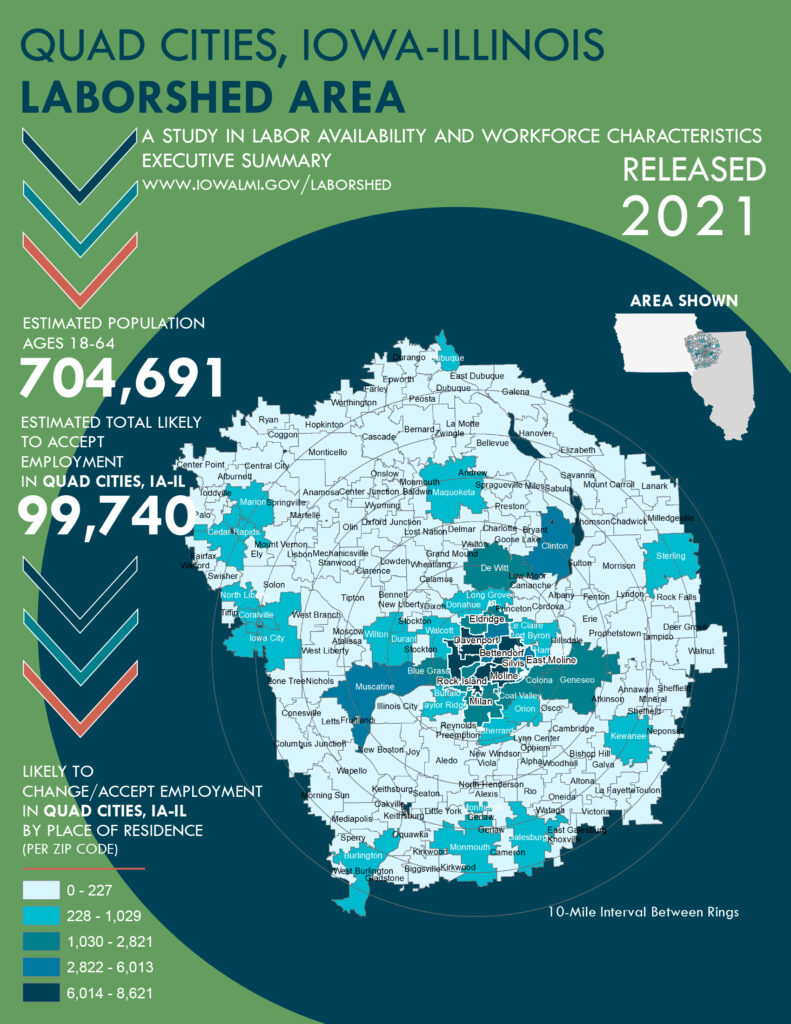
IOWA WORKFORCE DEVELOPMENT
Researchers are studying the commuting patterns of the Quad Cities’ workforce to produce a new laborshed employment study that will aid in recruiting new development to the region.
The Quad Cities Chamber of Commerce and Iowa Workforce Development (IWD) are partnering on the study, which will geographically define which area communities contribute to the Get immediate, unlimited access to all subscriber content and much more. Learn more in our subscriber FAQ. Do you want to read and share this article without a paywall?
Want to Read More?


